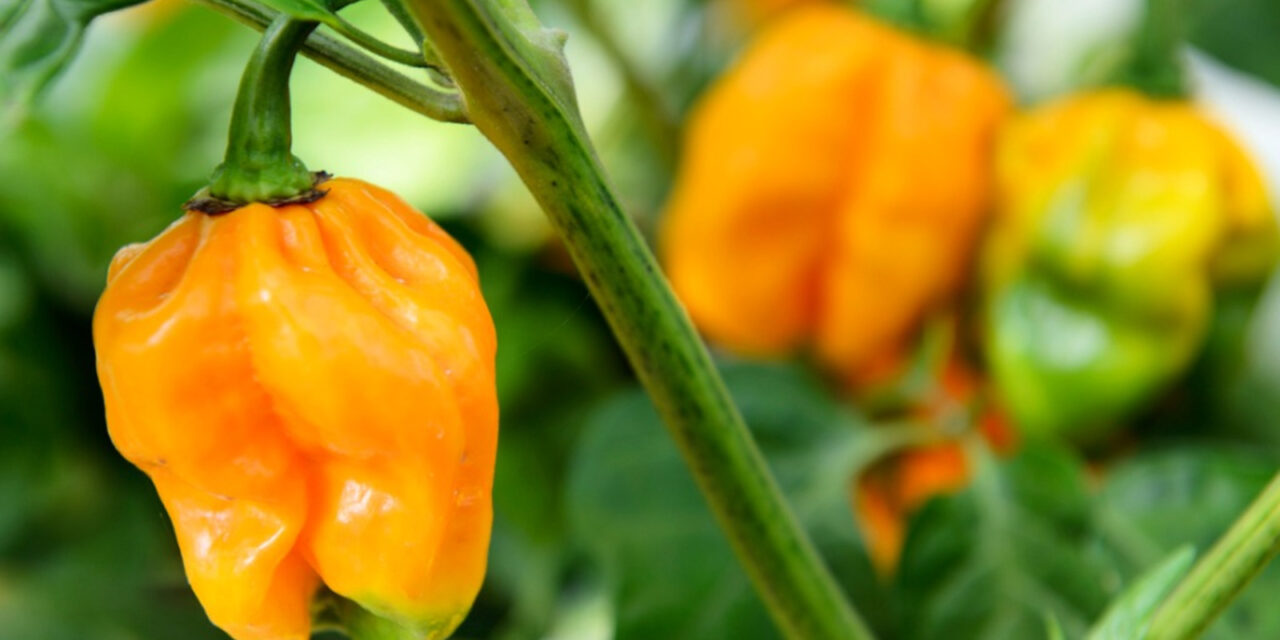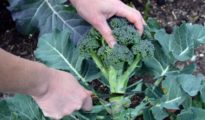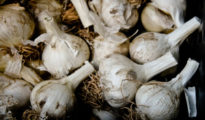Learn how to grow habanero peppers in your garden with this easy to follow DIY gardening guide! If you're a fan of spicy food, then you've probably tried habanero peppers before. These small, orange peppers pack a powerful punch, and they're often used in hot sauces and salsas. But what exactly are habanero peppers, and where do they come from?
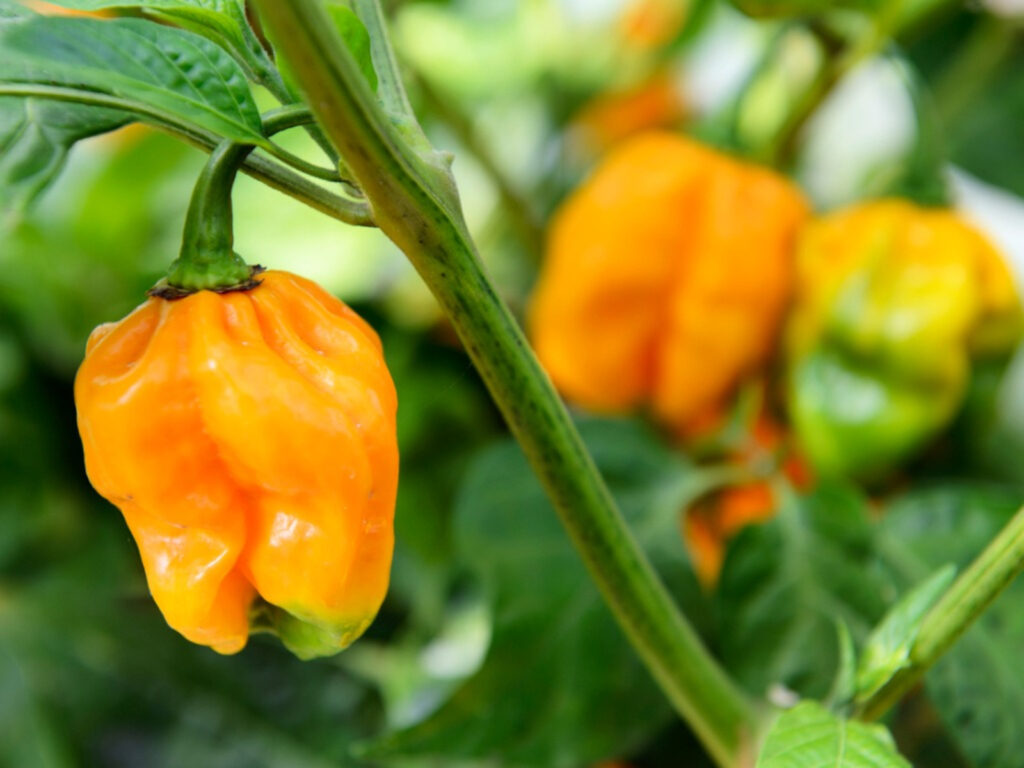
Habanero peppers are native to the Americas, and they've been cultivated for centuries. They get their name from the Cuban city of Havana, where they were first grown commercially. Today, habanero peppers are grown all over the world, and they're used in cuisines from Mexico to India. If you're looking for a delicious way to add some heat to your food, then give them a try and learn how to grow habanero peppers in your garden. Just be warned – these little peppers pack quite a punch!
How to Grow Habanero Peppers
If you're looking for a pepper with a little bit of kick, then the habanero is definitely worth considering. Named for the Cuban city of La Habana, these fiery little peppers pack quite a punch. While they may be small in size, they more than make up for it in terms of flavor and heat. Here are a few tips on how to grow habanero peppers in your own garden.
First, it's important to choose a good variety of habanero pepper. There are many different types available, so do some research to find one that will suit your needs. Once you've settled on a variety, it's time to start planting. Habanero peppers need full sun and well-drained soil in order to thrive. They also prefer hot weather, so if you live in an area with cool summers, you may want to start them indoors and then transplant them outside later on.
When it comes to watering, less is more. Habanero peppers are drought-tolerant and too much water can actually cause the fruits to rot. As the plants begin to produce peppers, be sure to pick them regularly. This will encourage the plants to keep producing.
Habanero Peppers Pests & Diseases
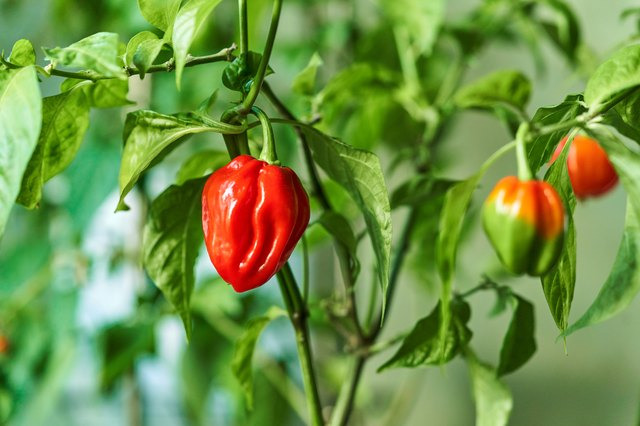
While they are prized for their heat, habaneros can also be susceptible to pests and diseases. One of the most common problems is aphids, which are small sucking insects that can damage leaves and weaken plants. Habaneros can also be affected by mosaic virus, which causes dark spots or streaks on the peppers. This virus is spread by aphids, as well as by other insects, so it is important to control these pests if you want to keep your habanero plants healthy.
Another common problem is blossom end rot, which is caused by a lack of calcium in the soil. This can cause the peppers to develop black or brown spots on the bottom. To prevent this, make sure to fertilize your plants regularly with a high-quality fertilizer that contains calcium. With proper care, you can enjoy a bountiful harvest of habanero peppers, even if there are a few bumps along the way.
The Benefits of Habanero Peppers
Few things add more flavor to a dish than a habanero pepper. These small, fiery peppers pack a big punch, and can transform even the most basic meal into a culinary delight. But habaneros are more than just a delicious addition to food. They also offer a number of potential health benefits. Habanero peppers contain high levels of capsaicin, which is known to boost metabolism and help burn calories. They also contain vitamins A and C, as well as antioxidants that can help to protect against cell damage. In addition, habaneros have been shown to have anti-inflammatory properties, making them a potentially valuable tool in the fight against conditions like arthritis and heart disease. So next time you're looking to add some spice to your life, reach for a habanero pepper. You just might be surprised at how good it is for you.

